'Til Tuesday: Terry McClymonds' idiosyncratic trivia nights have built an enthusiastic community over the past 12 years
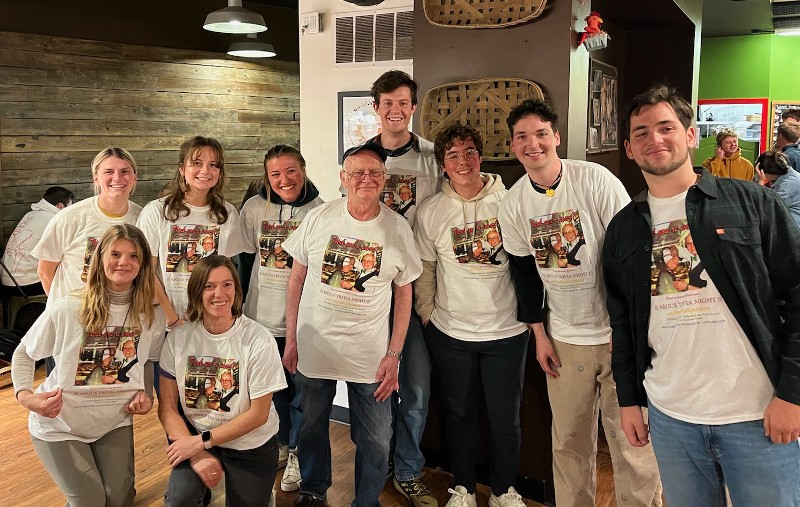
Trivia nights in Ann Arbor are not uncommon, but Terry McClymonds' event might have the longest legacy. He started Trivia Night With Terry! in 2011 and has garnered a devoted following for his twice-a-month game, now at Argus Farm Stop’s Packard Cafe.
“It’s like a community,” McClymonds says. “There are students and graduate students, people from that neighborhood and my neighborhood, lots of ages. They’re all so enthusiastic.”
Nature's Way: Cathy Barry's "Connatural" paintings at Matthaei Botanical Gardens explore biological patterns
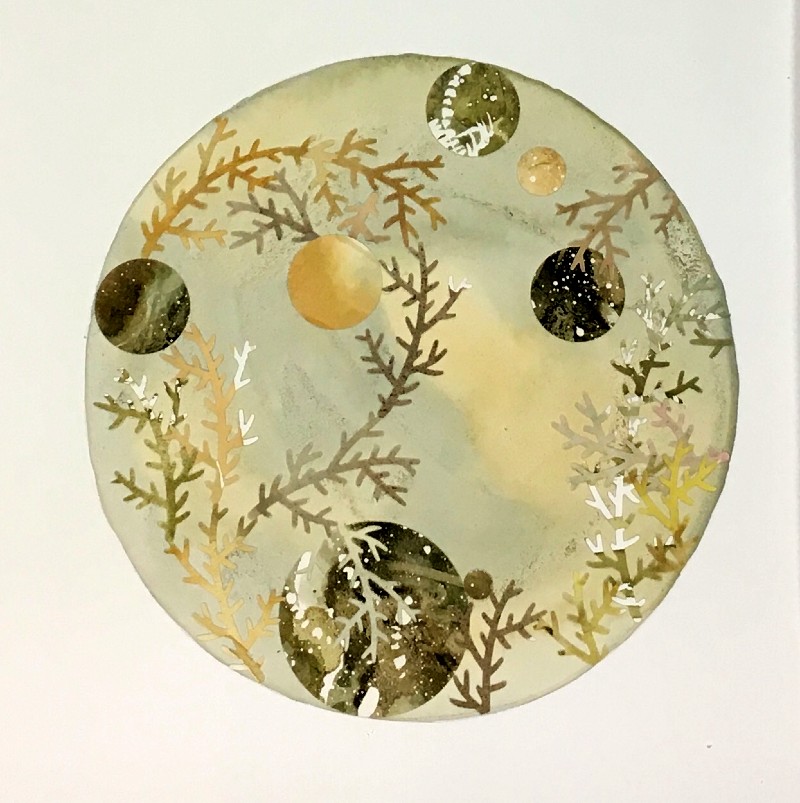
Cathy Barry’s Connatural exhibit at the University of Michigan's Matthaei Botanical Gardens inspires the viewer to look at the natural world through a new lens.
“Nature is the big umbrella of what inspires and has always informed my work,” the Ann Arbor painter writes in her artist’s statement. “My most recent work focuses on collecting and referencing biological sources and patterns found in nature.”
Some of those biological sources even provide colors for Barry's paintings as well as textures embedded into the works.
"I am extracting colors from local sources—in the backyard or the grocery store—including buckthorn, cattail, turmeric root, forsythia, beets, mulberry, yellow and purple onion skins," the Stamps lecturer writes in her artist's statement. "I then reference older practices by experimenting with inlay work of painted paper, traditionally used to create jewelry, furniture, mosaics and textiles. I am creating motifs and abstract compositions by cutting shapes from my plant-based paintings, fitting them together and assembling them. I am integrating materials with form and subject in my painting to evoke a peaceful wholeness that references the innate wisdom of nature."
Nature isn't the only thing referenced in Connatural, though only fans of one of the world's biggest pop stars might notice.
"For any Swifties out there, take a closer look at some of the titles in the exhibition," she said with a smile.
Barry answered a few questions about the exhibit, which runs through April 30.
Gilbert and Sullivan’s 1881 comic opera "Patience" skewers a popular art movement of the day—and the satire still stings
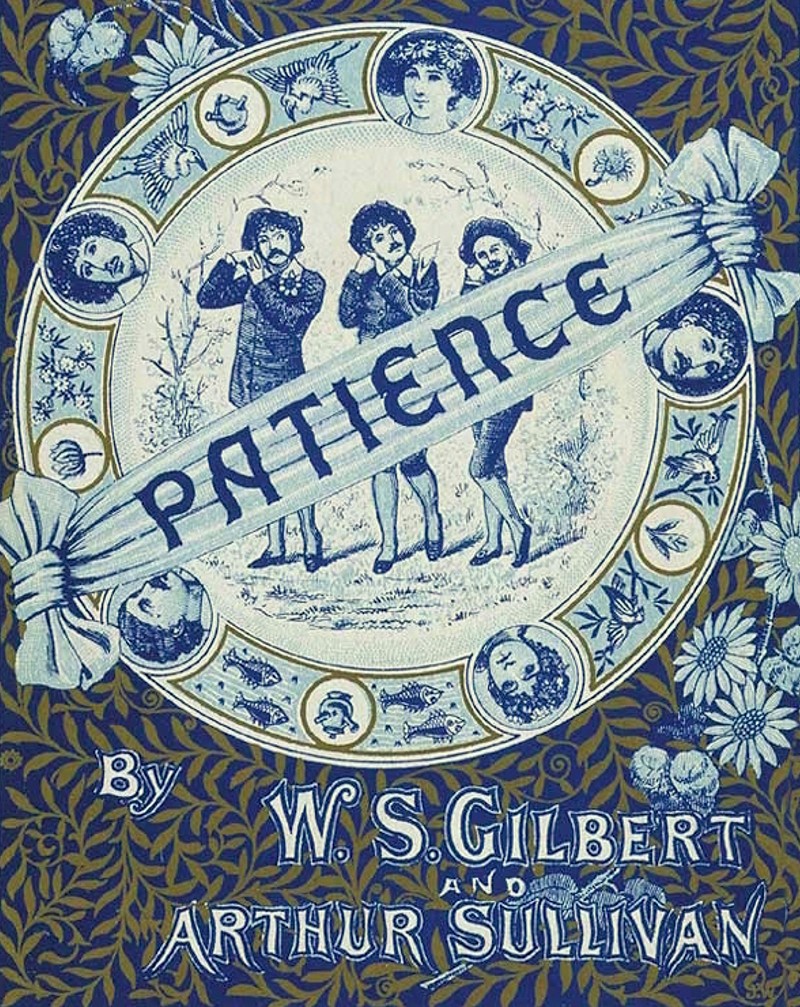
When Gilbert and Sullivan’s operetta Patience opened on April 23, 1881, London’s Savoy Theatre had another hit from the popular duo. Patience had another witty and stinging libretto from W.S. Gilbert and a witty and lush score from Arthur Sullivan.
Gilbert and Sullivan once again tapped into the latest fad by lampooning the aesthetic movement of the 1880s and '90s. The art-for-arts-sake approach to the arts, including theater, was itself a critique of art with a message or political manifestos. Though the movement preceded Oscar Wilde, he is often cited as an example of the aesthetic approach.
Over time, Patience has not been performed as frequently as Gilbert and Sullivan’s other comic operas, HMS Pinafore, The Pirates of Penzance, and The Mikado.
Cameron Graham is directing the University of Michigan Gilbert and Sullivan Society production of Patience, which runs April 13-16 at the Lydia Mendelssohn Theater, and believes it has a lot to say about our own self-involved times as it did when it first wowed the London audiences.
10 Years After: Acoustic Routes Celebrates Decade of Concerts, Hosts Benefit Show with Rosanne Cash
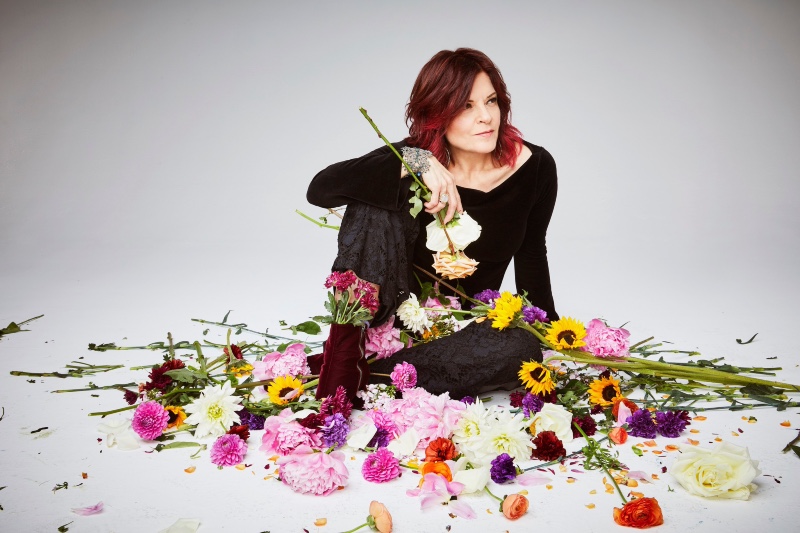
In the late ‘80s, Jim Cain didn’t expect a Midwest tour with his friends’ punk band would lead to a love of acoustic music.
As the band’s roadie and road manager in college, he heard artists like Ralph Stanley, Lyle Lovett, and Bill Monroe while traveling in a crammed Oldsmobile Cutlass with his Michigan State University pals and became intrigued.
“My tastes growing up were more The Beatles, The Stones, and The Who,” said Cain, now the founder and curator of Saline’s Acoustic Routes concert series, which celebrates its 10th anniversary this month.
“A couple of friends at the same time started exploring more traditional artists like The Louvin Brothers and really went deep into the mix, and that’s just grown over time. I first got exposed to artists like Doc Watson and Mississippi John Hurt when I got inspired to attempt to learn the guitar. All of these things just kinda dovetailed.”
By 2010, Cain’s passion for country, bluegrass, folk, and other traditional acoustic-based music resulted in curating a live show at The Ark with Bonnie Rideout, Duck Baker, Bill Bynum & Co., and Rev. Robert Jones and Sister Bernice Jones.
Executive director of Ypsilanti's ÆPEX Contemporary Performance discusses the music of Julia Perry with mezzo-soprano Olivia Johnson
Garrett Schumann, executive director of the Ypsilanti-based ÆPEX Contemporary Performance, and mezzo-soprano Olivia Johnson (Detroit Opera House, Seattle Opera) talked about the life and music of African-American composer Julia Perry (1924-1979) on May 28, 2022, in a Zoom discussion sponsored by the Ann Arbor District Library. The event featured rare archival materials from Perry's career as well as the first public screening of ÆPEX's video recordings from June 2021 of two of Perry's compositions, in which Johnson participated as a vocal soloist: "Pastoral" (1959) and "Stabat Mater" (1951).
A Tanglewood fellow and graduate of the Juilliard School, Perry built an accomplished international career as a composer and conductor in the face of enormous obstacles. Despite receiving a commission from the New York Philharmonic and awards from both the American Academy of Arts & Letters and Guggenheim Foundation, Perry's music fell all but silent following her death.
This presentation explores the reasons behind Perry's muted posthumous legacy by diving into the constellation of documents that record her life and career, including archival audio of the composer describing her music at a Columbia University forum in 1954.
Eyes on Watercolor: Jeremy Wheeler takes the bold step to get soft in his new collection of paintings at Ann Arbor Art Center
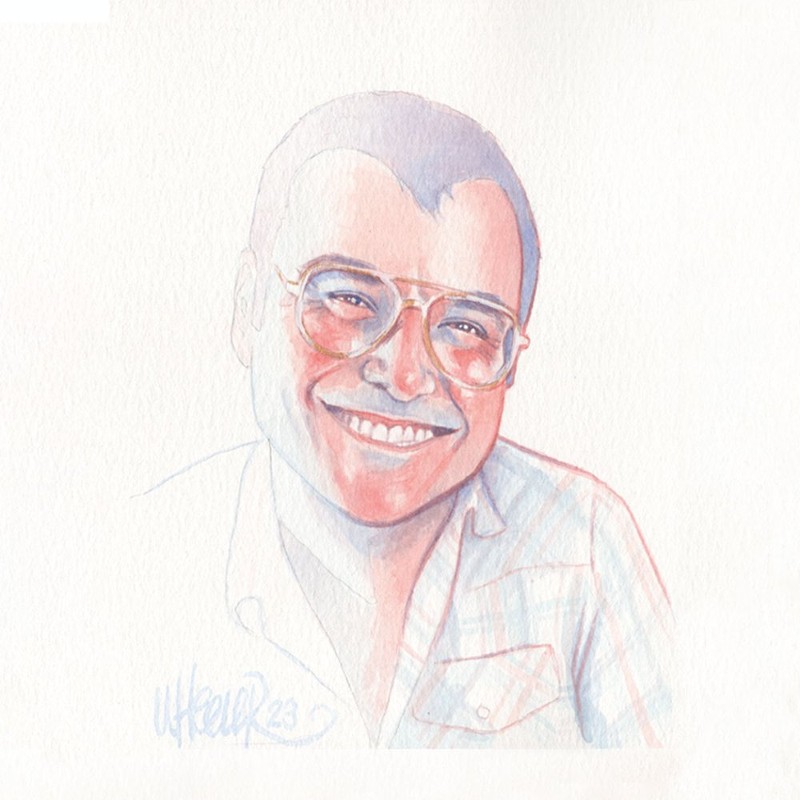
When watercolor paintings started turning up on Jeremy Wheeler's social media accounts, I initially thought he was promoting the work of a friend.
One piece in particular I remember was of Naru, the protagonist warrior in the Predator series prequel Prey. While Wheeler is known for paintings inspired by science fiction and horror films, his use of watercolors for Naru captured the ghostly mystery of her character, not just her strength.
It's absolutely gorgeous.
The cozy, creamy vibe of watercolors such as this is the polar opposite of the bold pop art that brought Wheeler acclaim.
The long-time Ann Arbor creative is best known for his loud, psychedelic concert-poster work and stark, powerful interpretations of movie scenes. Bold lines, hard edges, and kinetic energy were intrinsic to his style.
But Wheeler's move toward the (literally) more fluid and flowing medium of watercolors happened at a time when the whole world slowed down due to Covid-19. Calling his exploration of watercolors a "respite" during the pandemic, there's a quiet, meditative quality to his works in the medium. While Wheeler used the watercolors to continue exploring portraits and figures of film, music, and TV actors, actresses, and characters who inspire him—he was a critic for AllMovie for 12 years—the results were warmer, lighter, and more delicate than his previous work in other mediums.
Fittingly, the title of his first watercolors exhibit matches the sensibilities exuded in the paintings: Soft Collections runs at the Ann Arbor Art Center (A2AC) through March 28, and many works are still available for purchase. While Wheeler is a highly trained fine artist, he used the Art Resources videos made by A2AC, where he serves as the marketing manager, to help guide him in a medium that he hadn't previously worked in very much.
He was attracted by the speed of watercolors compared to the more laborious process of his more standard style, but Wheeler also loved the way he could keep re-wetting the paints until he could find the right balance. That process of trial and error is not afforded in ink washes, which can provide a similar look to watercolors but is more permanent and inflexible in comparison.
I spoke to Wheeler about watercolors and more, and you can see two recent videos he made discussing his work: one with the Detroit Institute of Arts and the other a live painting session he made for A2AC in conjunction with Soft Collections.
Sound "Waves": Chien-An Yuan plays off the screen at the Ann Arbor Film Festival

The Ann Arbor Film Festival celebrates collaboration. Sure, there are some movie mavericks who do everything themselves when creating a film, but it's usually a talented group of people combining their resources to create something special.
Chien-An Yuan lives for collabs.
The Ann Arbor polymath is capable of making films, photography, art, and music all on his own—and he has many times—but he prefers to work with others to bring creations to life.
And there are so, so many creations in Yuan's world.
Yuan is a co-founder of the Asian American Pacific Islander (AAPI) performance troupe IS/LAND, whose latest work, TETRA, will be performed at the Ann Arbor Art Center (A2AC), April 15-16 and 22-23. Featuring dancers J Amber Kao, Olivia Lemmenes, S Jean Lee, and Yuan on sound design, TETRA is all about transformation: "Forming rolls of colorful Hanji mulberry paper into shapes and pathways of wisdom, knowledge, and healing, the movement of the dancers offer improvised ‘rituals’ as communal gestures of healing and transmutation, ultimately creating a restorative healing space for both the audience and performers," writes Yuan.
IS/LAND then returns to the Ann Arbor District Library on May 20 for KIZUNA TREE, an interactive installation and performance. The event combines an Ikebana tree designed by Celeste Shimoura Goedert, sound recordings from the collaborative series AAPI Stories, which was co-developed by Zosette Guir of Detroit Public Television and journalist Dorothy Hernandez as a response to the Atlanta spa shootings in 2021, and movement, visuals, and readings by IS/LAND. "KIZUNA TREE is an exploration of communal healing for AAPI peoples, across generations, communities, and ethnicities," writes Yuan.
More immediately, Yuan has a couple of projects at the Ann Arbor Art Center—both collaborative, of course.
He worked with artist Thea Augustina Eck to create a string installation in the rear staircase of A2AC, using colored yarn to create a web of lines that fan out from single sources, only interacting in separated layers when looking down or up the length of the well.
The fiber art will still be at A2AC when Yuan, using an iPad, and percussionist Jonathan Barahal Taylor improvise a score to Mattieu Hallé's May Waves Rise From Its Floor on Thursday, March 23, as part of the Ann Arbor Film Festival. Based in Ottowa, Canada, Hallé will be in Ann Arbor to screen the 16mm film of an abstract ocean landscape. He'll use a modified projector with a candle as its light source; the flame is moved and modified by Hallé's breathing and handheld pieces of broken crystal. As the shadows and light move and morph, Yuan and Taylor will react musically in real-time, making every screening of May Waves into a singular experience.
I spoke to Yuan about his current slate of artistic projects, and he gave us an update on some music he's preparing to release on his experimental record label, 1473.
A Portrait Study: Ann Arbor Film Festival highlights the Black, queer, experimental cinema of Edward Owens
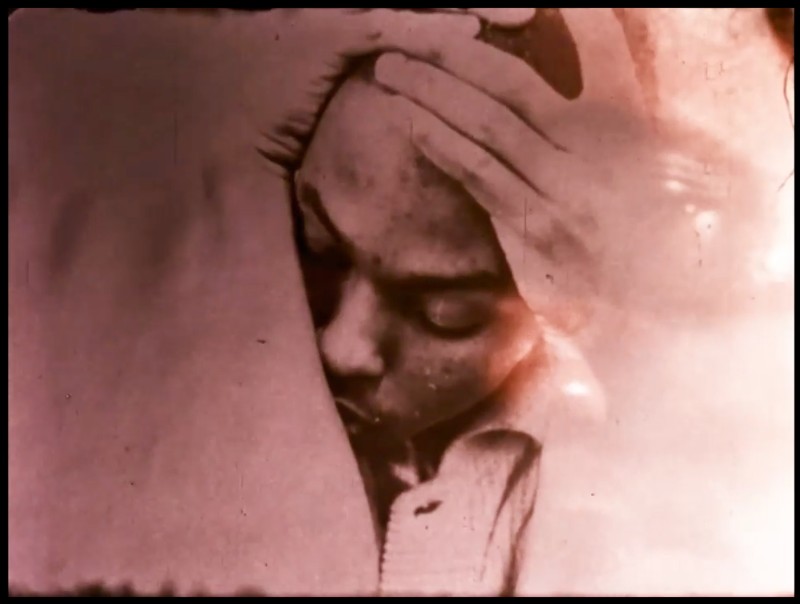
Edward Owens' story may have been lost to history were it not for film programmer, writer, and Bard College professor Ed Halter.
An obscure figure from one of cinema's most elusive realms, Owens was a Black, queer, experimental filmmaker from Chicago whose career was cut tragically short.
In 2009, intrigued by an entry in the Film-Maker's Co-Op catalog about the experimental short Private Imaginings and Narrative Facts, Halter reached out to Owens decades after he left his life in filmmaking behind. Their conversations brought newfound context to Owens' artistic vision, which helped amplify the voice of an artist whose compelling story was at risk of being relegated to obscurity.
Owens' life and limited collection of works is the subject of the 61st Ann Arbor Film Festival (AAFF) program "Remembrance/Vacancy: The Films of Edward Owens" at the State Theatre on Thursday, March 23, 7 pm.
The event offers audiences the rare opportunity of seeing three Owens films back to back: Remembrance: A Portrait Study (1967, 6 min.), Private Imaginings and Narrative Facts (1966, 6 min.), and Tomorrow's Promise (1967, 45 min.).
Following the screenings is a conversation between Emily Martin, who programmed the event, and Jessica Ruffin, an assistant professor in the University of Michigan's Department of Film, Television, and Media.
Societies of Cinema: Frank Uhle creates AADL exhibit, hosts a roundtable at the 61st Ann Arbor Film Fest discussing the cultural influence of campus film groups
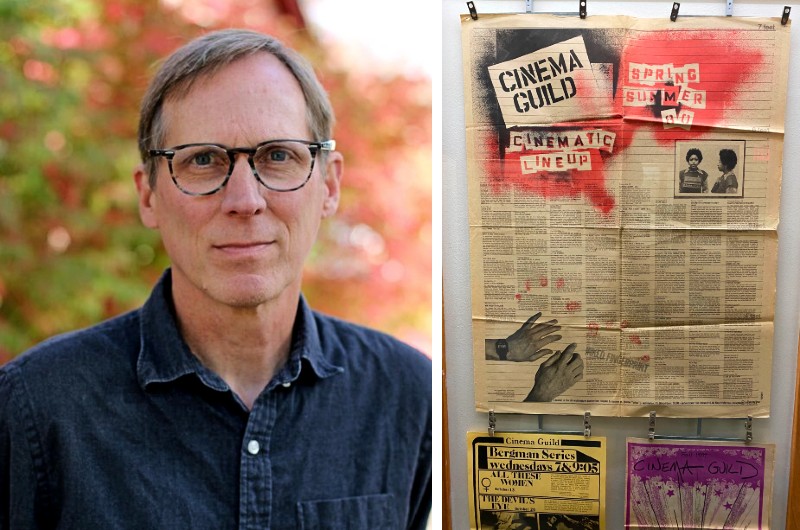
Frank Uhle's upcoming book, Cinema Ann Arbor, covers the entire scope of film history in the city, from the old theaters no longer with us to the students who went on to be famous moviemakers.
But the campus cinema societies, who brought art films and experimental movies to town, are the heart of the tome's 344 pages.
Cinema Ann Arbor is a co-publication of Fifth Avenue Press—the Ann Arbor District Library's publishing imprint—and the University of Michigan Press and officially comes out in June, but Uhle will have 50 copies for sale in time for the roundtable he's hosting on Friday, March 24, as part of the 61st Ann Arbor Film Festival (AAFF).
Uhle will moderate "Cinema Guild and Campus Film Societies: Their History and Legacy," a discussion with former University of Michigan film society members, including Hugh Cohen, a longtime cinema professor, a juror at the second AAFF in 1964, and the faculty advisor to Cinema Guild in 1967 when he and three others were arrested for showing Flaming Creatures, a short that was deemed obscene. Cohen is joined by Dave DeVarti (Alternative Action film series), Philip Hallman (Ann Arbor Film Cooperative), and Anne Moray (Film Projection Service).
To coincide with AAFF, Uhle also put together an exhibit at AADL's Downtown location, "Cinema Ann Arbor: Film Societies, Film Festivals, and Filmmaking in the Analog Era," which is on display through April 13. It features artifacts from Uhle's personal collection as well as material he gathered during his extensive research while writing Cinema Ann Arbor. (Additionally, Uhle and AADL's archives team are posting material to an online repository at aadl.org/cinemaannarbor.)
We'll speak to Uhle more in-depth about Cinema Ann Arbor when it comes out this summer (though you can pre-order it now). Our interview below is specifically about the cinema societies that helped influence Ann Arbor culture for nearly 70 years as well as his AADL exhibit.
Three Years Later "The Fourth Messenger" Gets Midwest Premiere at The Ark on March 18
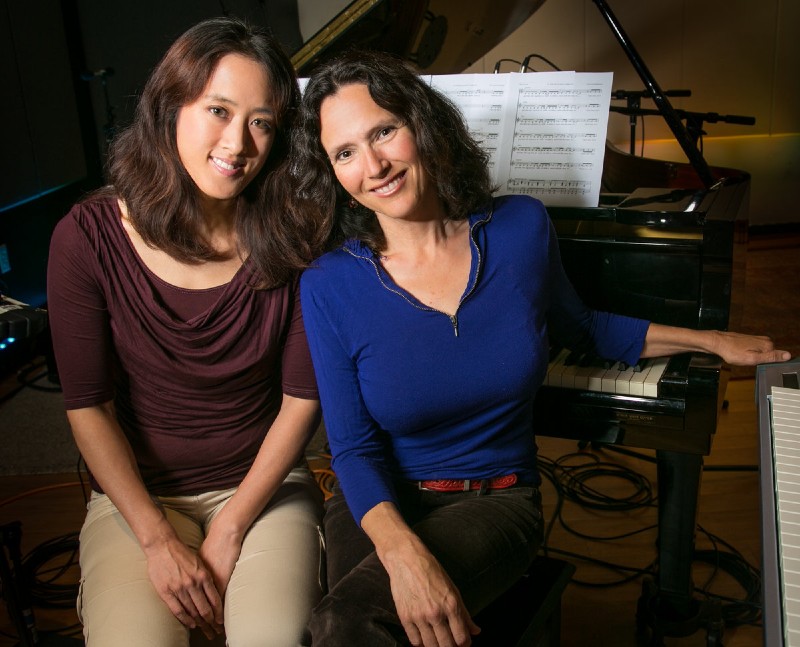
Three years ago, The Ark was set to be the venue for the Midwest premiere of The Fourth Messenger, a musical with a modern perspective on the life and teachings of the Buddha. Then the pandemic hit and the musical was canceled.
Now, almost three years to the day, The Fourth Messenger, with book and lyrics by Tanya Shaffer and music and additional lyrics by Vienna Teng, will finally get its Midwest premiere at The Ark on March 18. The concert-style performance will be a benefit for The Ark, Ann Arbor’s popular home for folk, jazz, and alt-country.
In an interview with Shaffer in 2020, she described what inspired the musical while she was on a spiritual retreat.
“The idea came to me on a nine-day silent retreat when I was supposed to be clearing my mind,” she said. “I was thinking about the story of Buddha’s enlightenment, where he was found under a tree and vowed not to get up until he found enlightenment. Then for many days and nights, all the temptations of the world are trying to get him up. And it came to me that it would be cool as a song and dance, the temptations standing under a tree and then thinking the whole story would be a musical because it has that scale of a hero’s quest, and so I got excited on the retreat and for many hours forgot about my breath and I thought about the musical.”
Shaffer didn’t pursue the idea for another five years. She said she had trouble deciding how to handle the story about the historical Buddha and his teachings.
“I started to think how would people view this story if it was a woman, and I wanted to update it and make it feel very relevant and contemporary,” Shaffer said. “So it took me five years to find my way into it and then many years to workshop.”
The Fourth Messenger premiered at the Ashby Stage in Berkeley, California, in 2013 and was presented at the New York Musical Festival in 2017.


































